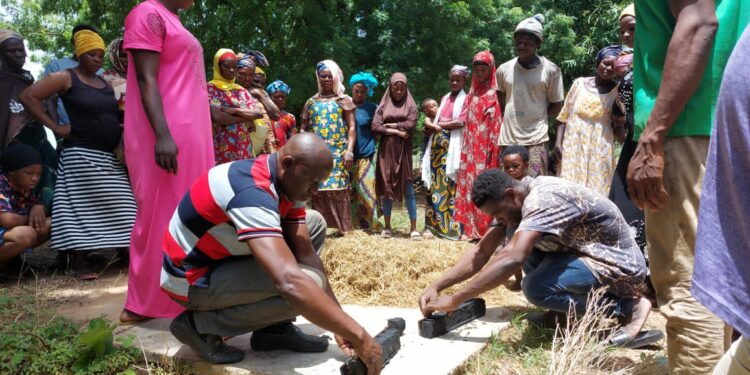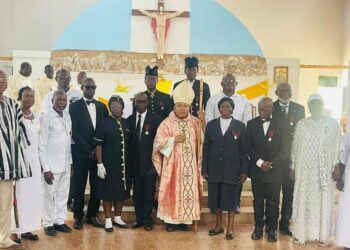
A Rocha Ghana in partnership with the International Union for the Conservation of Nature (IUCN) under the Phase II of the Stabilising Land Use Project (PLUS): Protected Area (Pa) Categories V And Vi as Landscape Mechanisms for Enhancing Biodiversity in Agricultural Land, Ecological Connectivity and Redd+ Implementation have trained and resourced over 80 members of Kpulumbo community in the North Gonja District of the Savannah Region in grass briquette production.
The training which was facilitated by the Millar Institute for Transdisciplinary and Development Studies was held on Tuesday, 18th April, 2023.
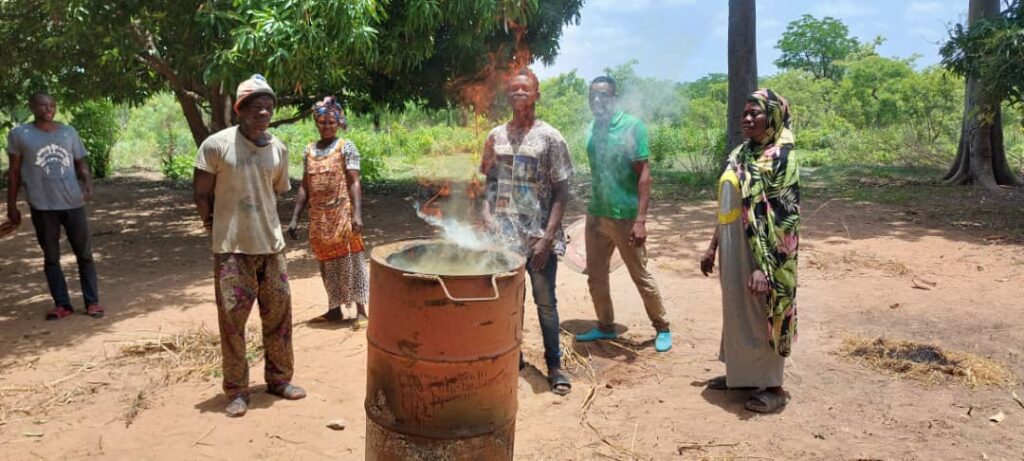
During the training, participants were queried on the causes and impacts of bushfires and how it can be controlled it through the process of grass briquette production, a process that is comprised with the aggregation of dry grasses, charring of the grasses in an oxygen free environment, mashing the charred grasses to get the finer particles, addition of binder which is the cassava starch or any other material and finally moulding with a mechanical compressor.
One of the lead facilitators during the training, Mr. Babatunde indicated that, the savannah woodland has appreciable collection of grasses which has been an alley to bushfires.
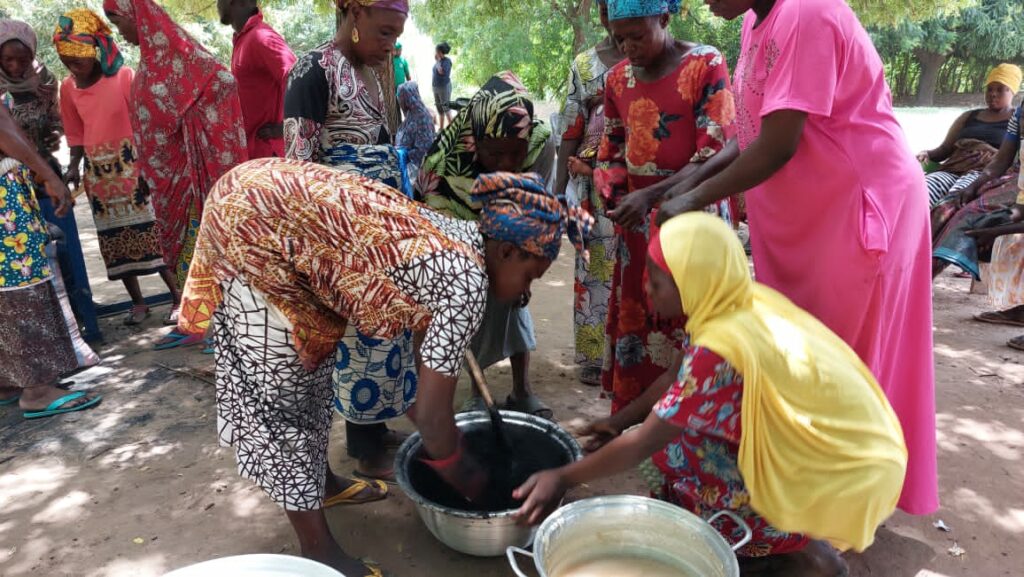
He also indicted that, with most of them being into charcoal production, it in very important to add value to the grasses and one of which is to produce briquettes from it.
The grass briquette technology involves the transformation of grasses into briquettes for clean energy with the aim of reducing the perennial bushfires and increasing community incomes. Bushfires have been a major challenge within the fragile savannah ecological zone.
As a major constraint, it affects the socio-economic development and the ecological integrity of the ecozone.
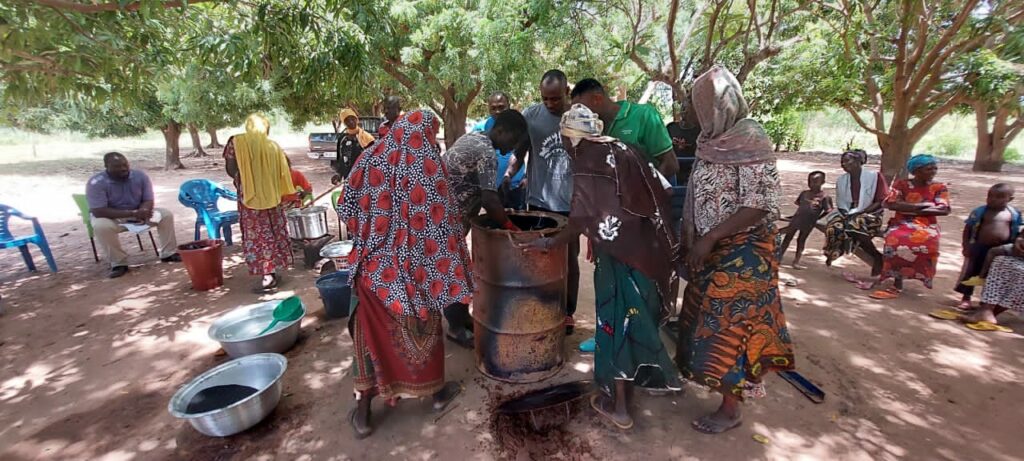
The impact of wildfires includes but not limited to destruction of properties, loss of lives, destruction of the vegetation cover and farm lands with the subsequent impact of food insecurity and climate change. Wildfires have increased in frequency in the Savannah region of Ghana.
The accumulation of dried wood biomass dominated by grasses coupled with the activities of humans including hunting, smoking, land preparation for farming among others have been the passageways for the spread of the bushfires in the region. Furthermore, charcoal production has been identified as an extra livelihood for the majority of the people.
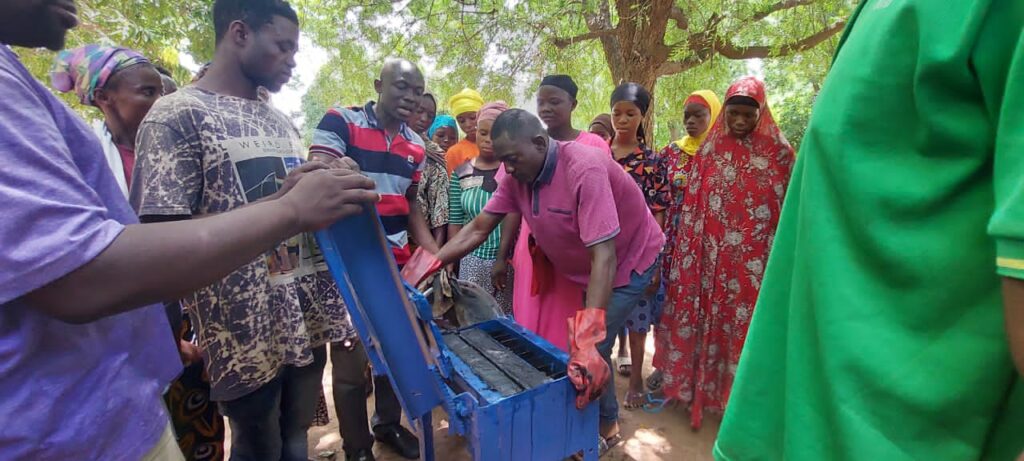
However unregulated and excessive production of charcoal has become a major environmental threat in this zone and efforts to regulate charcoal production in the region in recent times have not seen the light of the day.
The impact of these bushfires and unregulated charcoal production on the ecological health of the landscape, agricultural production and livelihoods are massive with dire consequences and in some instances, they lead to loss of lives and properties.
It is therefore worthy to noted that any form of reduction in these events in the landscape will greatly impact positively on the ecosystem and livelihoods of the local population.
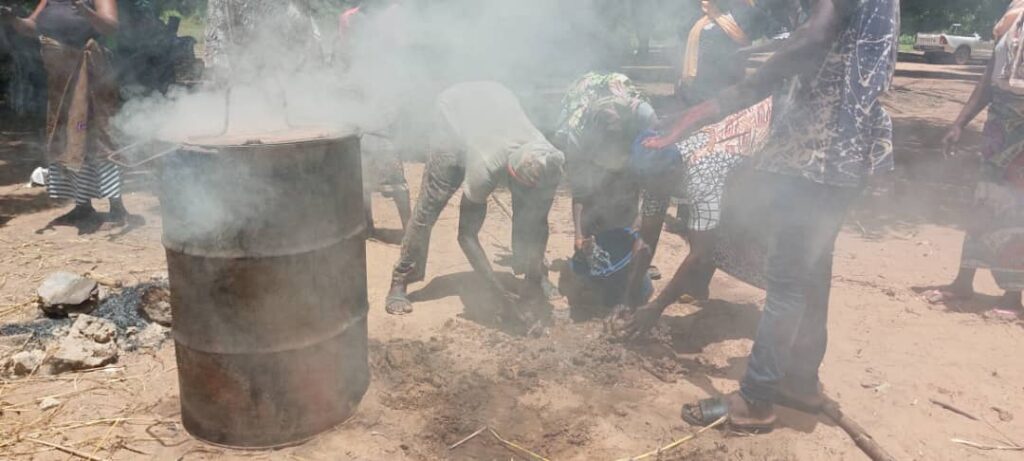
The grass briquette technology is being championed by the Millar Institute for Transdisciplinary and Development studies (MITDS), Bolgatanga offers a unique opportunity to reduce the fuel levels available during the dry season, thereby, turning these grasses into briquettes to serve as clean energy and ultimately creating an income avenue for these communities.
The grass briquette production is not labour intensive as compared to the traditional charcoal production and the briquette produced are energy efficient. The briquettes are molded in forms that can be used locally with coalpots.
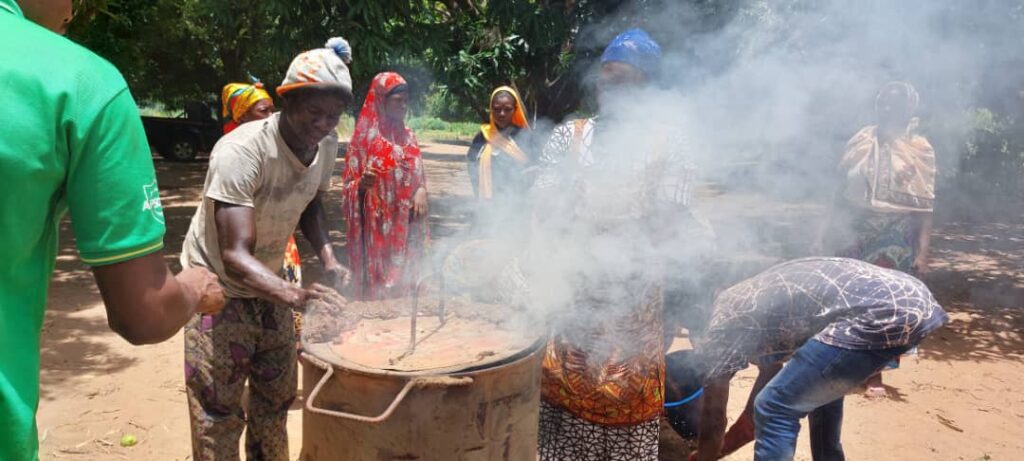
The ultimate aim is to create a business case out of the initiative which will need a viable market where briquettes produced can be sold for improved incomes within the communities. The theory of change is to ultimately protect the environment from bushfires by transforming grasses which are usually burnt during the dry season into briquette to serve as clean energy. By so doing, there would be increase in agricultural productivity, environmental sustainability, increased income and community wellbeing.
The trainers admonished them to source the materials locally. The community was presented with equipment including the charring barrels, basins, coal pots, mechanical compressor, safety wears and grasses to commence production.
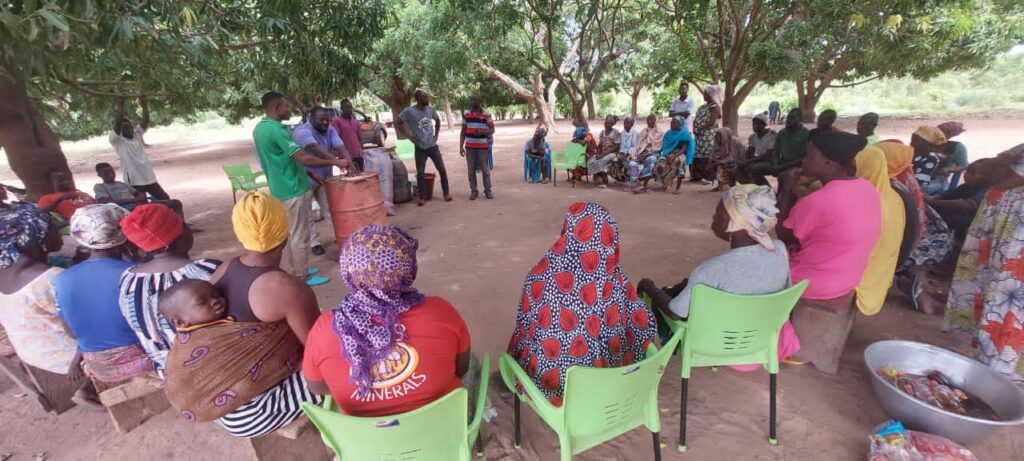
The Phase II of the Stabilizing Land Use Project seeks to identify financing mechanisms to support local livelihoods and multi-stakeholder platforms, enhance stakeholders’ capacities on One-Health (OH) approach and its integration into landscape management strategies as well as fostering communications and sharing knowledge products and lessons.
Source: Padfm.com.gh/Kumatey Gorden/0243531604

